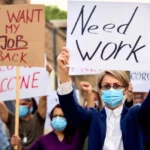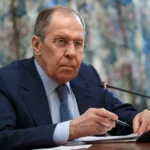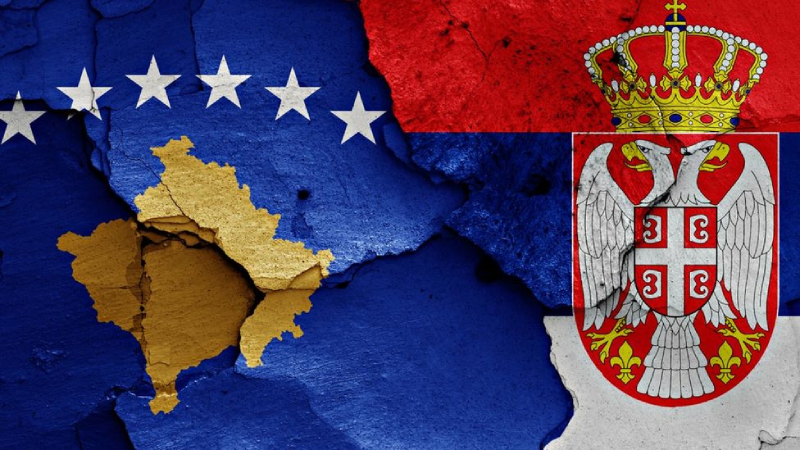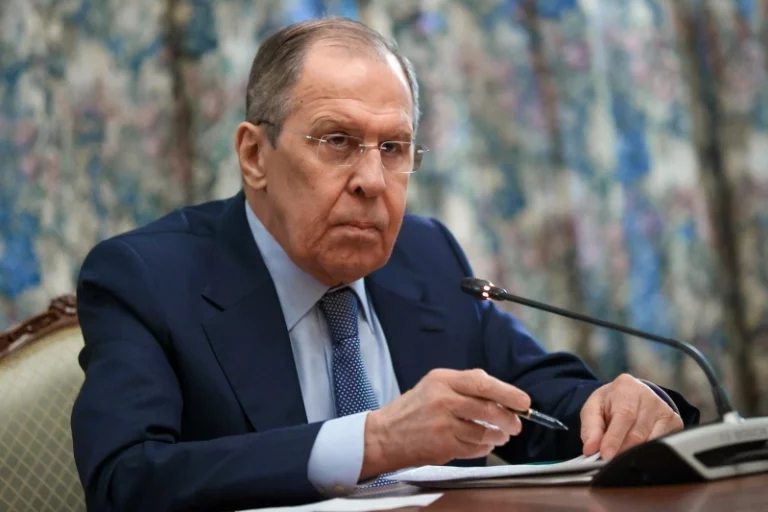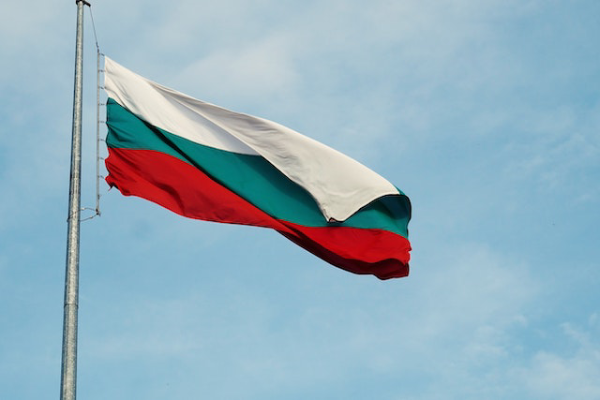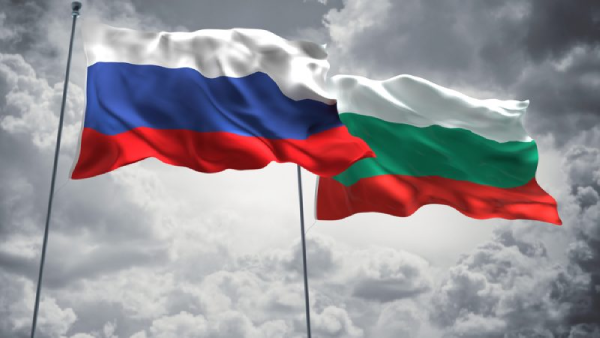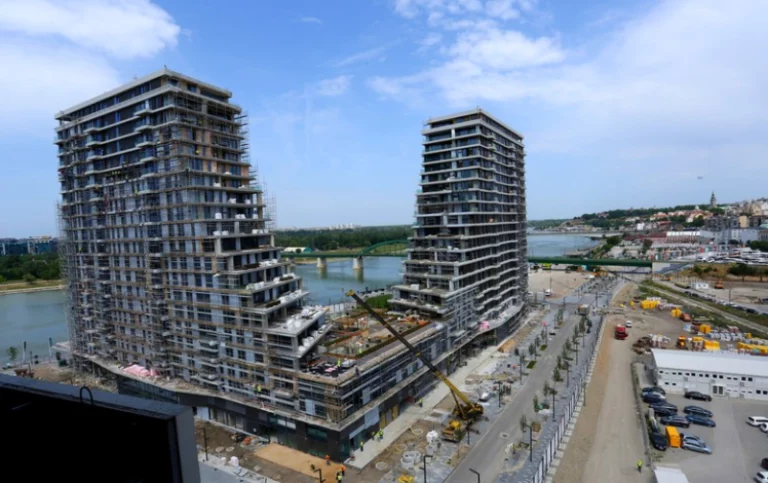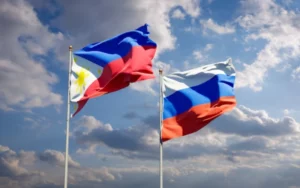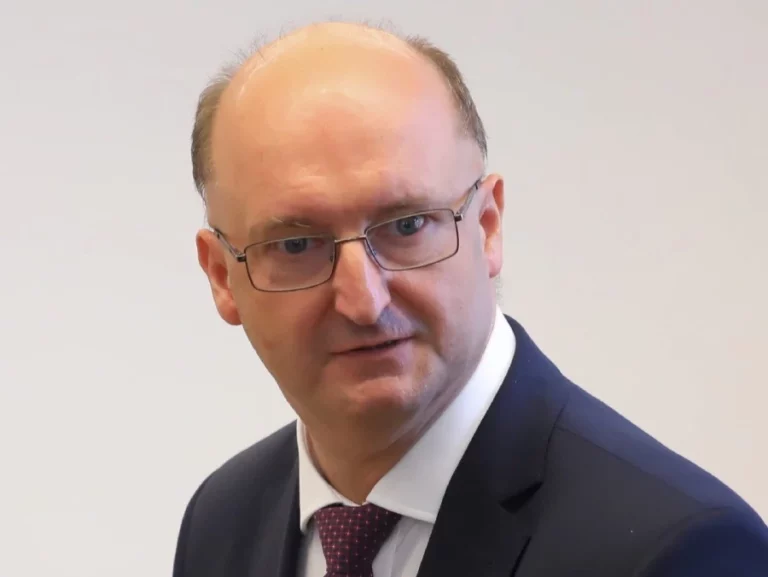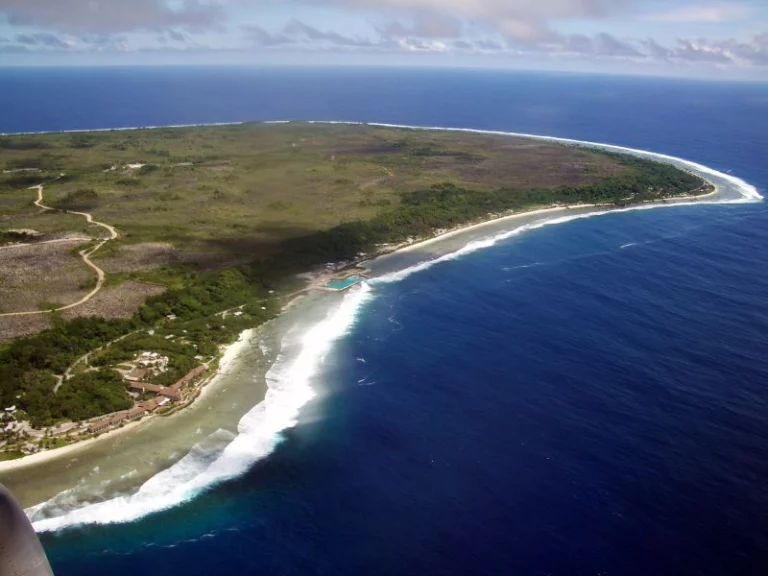On September 24th, a grave incident unfolded as armed Serb paramilitaries ambushed a police patrol near the village of Banjska in the northern part of Kosovo, resulting in the tragic death of a police officer. Subsequently, the gunmen sought refuge in a monastery near the Kosovo-Serbia border, leading to a confrontation with police forces, resulting in the death of three armed Serbs and the capture or escape of others. This event marked one of the most severe episodes of violence in Kosovo since the conclusion of the Kosovo war in 1999.
Brewing turmoil
In the aftermath of this incident, Belgrade and Pristina exchanged accusations. Serbian President Aleksandar Vučić attributed the turmoil to what he termed as the Kosovo government’s “terror,” asserting that it had incited an “uprising” among the Serb minority in the northern part of the country.
In response, Kosovo Prime Minister Albin Kurti accused Serbia of providing financial and logistical support to “organized crime” groups responsible for attacks in his country, allegations that Belgrade vehemently denied.
On September 29th, White House spokesperson John Kirby disclosed that Serbia had amassed an unusually large number of forces at the border. With 4,500 NATO troops stationed in Kosovo as part of the KFOR peacekeeping mission, concerns of a potential military confrontation with the West and Kosovo arose. However, the situation did not escalate further.
Following a phone call with U.S. Secretary of State Antony Blinken, President Vučić announced the withdrawal of some troops from the border. While the incident did not lead to armed conflict, it shed light on several significant realities. Firstly, Belgrade continues to exploit the Kosovo issue as a diversion from domestic challenges. Secondly, President Vucic might be losing control over his Serb allies in northern Kosovo. Lastly, the momentum in Kosovo-Serbia negotiations has stalled, raising the prospect of more incidents like this in the future.
Domestic challenges
Over the past few months, President Vucic and his Serbian Progressive Party-led cabinet faced mounting public discontent. Two mass shootings in Serbia triggered ongoing anti-government protests, with public anger directed at the country’s security apparatus and Vucic’s supportive media outlets, which have promoted a culture of violence. Demonstrators demanded resignations within the interior ministry, the Security Intelligence Agency (BIA), the media regulator, and two pro-government TV channels, Pink and Happy, as well as called for early elections.
Under mounting pressure, President Vučić hinted at the possibility of early parliamentary and local council elections in December. The Kosovo incident served as a welcome distraction from domestic issues, allowing the president to shift the national conversation towards the situation of Serbs in northern Kosovo and display strength—a tactic often used for political survival.
Challenges in controlling Kosovo-Serb proxies
While the escalation may have momentarily boosted Vucic’s political standing domestically, his control over the politics of the Serb-dominated northern Kosovo region appears shaky. Over the years, Vucic successfully exerted influence over local leadership allegedly linked to smuggling and organized crime. The political alignment of the main party in the four northern municipalities—Srpska Lista (Serb List, SL)—largely mirrored Belgrade’s stance.
However, SL’s deputy leader Milan Radoicic, subject to U.S. sanctions and wanted in Kosovo, took responsibility for the Banjska incident, distancing Belgrade from it. This raises questions about Vucic’s ability to control his allies on the ground and the EU’s reliance on him to maintain stability in Kosovo. While Radoicic’s admission could have been made under Belgrade’s pressure, Kosovo authorities pointed out that only the Serbian military could have supplied the weaponry and uniforms used in the attack.
Diminished prospects for negotiations
Despite the bluster for domestic consumption, Vucic had to de-escalate the situation as he found himself in a precarious position. The Banjska shootout cast him as an obstacle to Western efforts to resolve the Kosovo dispute, potentially undermining his standing further on key issues like Serbia’s stance on Russia sanctions.
Previously, the EU and the U.S. had attributed the impasse to Kosovo Prime Minister Kurti. However, Serbia now appears as the party at fault. Kurti seized the opportunity to highlight Belgrade’s misconduct, both domestically and in Kosovo, strengthening his position. These circumstances complicate Western efforts to achieve a Kosovo resolution, as the blueprint—recognition of Kosovo’s independence by Serbia in exchange for self-rule for the Serb minority under the Association of Serb Municipalities (ASM)—remains unfulfilled.
To break the deadlock, the EU and U.S. may need to intensify their diplomatic efforts to secure a compromise. However, recurrent crises, such as the Banjska incident, have disrupted progress since the summer of 2022, making the path forward daunting, with the potential for more flare-ups and tensions along the way.
